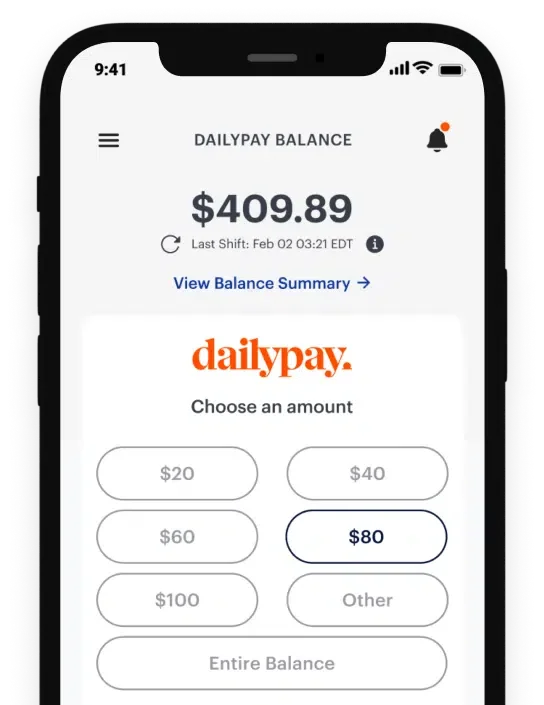As we approach the end of the year, there’s no time like the present for a financial check-in. It’s a great time to reflect on your goals and take stock of your financial health. Let this simple checklist be your guide.
Check up on your financial goals.
If you set financial intentions earlier this year, how have they panned out? At the end of 2021, one WalletHub survey found that 36% of people were likely to make financial New Year’s resolutions. These goals looked like:
- Saving more
- Paying off debt
- Making more money
- Spending less
- Improving their credit score
You might have also set goals around retirement planning, buying a home, changing jobs or making a career switch. No matter what your intentions were, ask yourself if you’ve made sufficient progress. Did you reach your goals? If not, what challenges set you back? Identifying both progress and roadblocks can help you understand what supports might benefit you going forward. For example, maybe you didn’t save as much money as you’d hoped. Looking back on your spending and retooling your budget could help you get there in the new year.
See if your budget still makes sense.
Speaking of budgeting, ask yourself if your current system is still working for you. Some questions to ask yourself might include:
- Am I routinely meeting my financial obligations? (This includes setting money aside for financial goals.)
- Does it feel like I’m living paycheck to paycheck?
- Does my budgeting style feel simple and easy to follow?
- Has my financial situation significantly changed this year? For example, getting married or divorced, welcoming a child, or experiencing a pay increase or decrease can all affect your budget.
Depending on how you answer, you might consider switching to a new budgeting method that better supports your personality and spending style. The 50/30/20 rule, for example, splits your spending into three main categories: 50% for essential expenses, 30% for discretionary spending, and 20% for financial goals. Zero-based budgeting takes a different approach, deducting your expenses from every paycheck until you get to zero. This essentially gives every dollar a job. Meanwhile, some folks might prefer using a budgeting app. What matters most is finding a budgeting method that works for you.
Plan ahead for non-monthly expenses.
Some expenses are pretty predictable—rent, phone bill, debt payments, etc. Others pop up unexpectedly throughout the year. These non-monthly expenses can disrupt your budget if you haven’t anticipated and planned for them. Some examples might include:
- Holiday spending
- Insurance premiums
- Kids’ summer camps or summer childcare
- Vacations
What did your non-monthly expenses look like this year? And, most importantly, how much did they cost you in total? Ballparking your spending here allows you to incorporate these bills into your regular monthly budget. Let’s say you spent $1,200 total on holiday spending. Knowing this, you can now begin setting aside $100 per month so that you’ll be prepared next year. Planning ahead for non-monthly expenses might prevent you from using credit cards to cover irregular bills.
Check your medical spending.
Medical spending can take a big bite out of your budget. That goes beyond just your health insurance premiums and may also include copays, deductibles, prescriptions and over-the-counter medicines. When you look back on 2022, roughly how much did you spend on these additional out-of-pocket medical costs? If the total gives you sticker shock, you might consider signing up for an HSA or FSA.
A health savings account (HSA) allows you to put pre-tax dollars into a special savings account. Withdrawals are then tax-free if you use the money to cover qualified medical expenses. To open an HSA, you must be enrolled in a high-deductible health insurance plan. A flexible spending account (FSA) is an employee benefit that can be used in a similar way, though there are some key differences.
Review your debts and income.
As of June 2022, the average U.S. household that had credit card debt owned a total of $5,944 in credit card debt, according to NerdWallet data. As the year comes to a close, consider tallying up your outstanding debt balances and making a plan for paying them off. That might mean tackling the accounts with the highest interest rates first (known as the debt avalanche method). Alternatively, you might try the debt snowball method, which has you prioritize your lowest balances. The goal is to find a plan that feels right to you.
As for your income, the end of the year could be a good time to check in on your career goals. You might consider any of the following:
- Looking for a new role at another company
- Exploring a new career path, which may involve going back to school
- Negotiating a raise or bonus
- Starting a side business
Envision a goal for increasing your income over the next year—then make a plan for getting there.
All information herein is for educational purposes only and should not be relied upon for any other use. The information herein does not constitute the rendering of financial, business, accounting, securities, tax or legal advice or other professional advice by DailyPay. No fiduciary obligation or duty exists, or is created, between you and DailyPay. DailyPay does not warrant the completeness or accuracy of any information provided to you.

